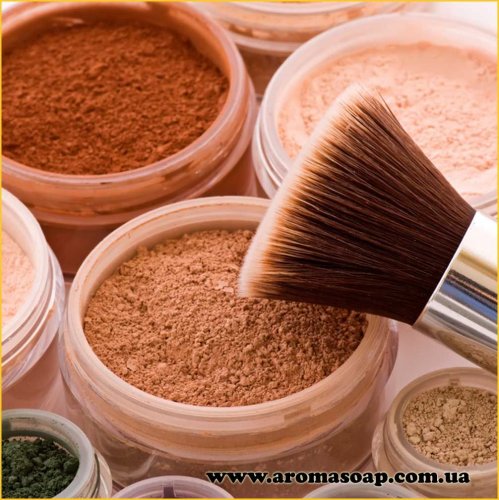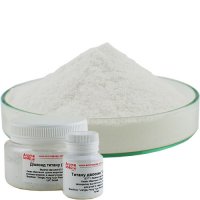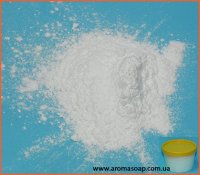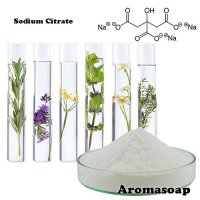Magnesium stearate
INCI name: Magnesium stearate
Chemical formula: Mg(C18H35O2)2
Synonyms: Magnesium stearic acid, magnesium salt of stearic acid
Appearance: Homogeneous powder, finely divided, slightly soapy to the touch
White color
Smell: none
Function in the cosmetics industry: structure former and stabilizer.
Magnesium stearate is a finely ground white powder, slightly soapy to the touch. It is a magnesium salt of stearic acid or a mixture of stearic salts and synthetic fatty acids. It dissolves in warm alcohol, mixes in oils, and is practically insoluble in water. Magnesium stearate melts at a temperature of about 88° C. Density: 1.02 g/cm?.
Application:
Magnesium stearate is used in the production of cosmetics as a structure-forming and binding substance. Magnesium stearate prevents the formation of lumps in cosmetic products and also adds volume.
Physico-chemical characteristics of magnesium stearate:
Mass fraction of magnesium stearate,%, within 98-100
Mass fraction of sulfates, %, no more than 1
Mass fraction of chlorides, %, not more than 0.1
The relative content of stearic and palmitic acid, % 99.2
Acid number, mg KOH/g, not more than 0.8
Mass fraction of water, %, no more than 1.5
Chemical composition:
MgO content 7.7%
Mg content 4.6%
The content of heavy metals (Pb) is less than 0.001%
Cd content is less than 0.0003%
Ni content less than 0.0005%
Safety requirements:
May be unstable in the presence of strong oxidizing agents. Flammable In a fire, releases irritating or toxic fumes (or gases). Fine particles in the air form explosive mixtures.
Storage: in a dry, well-ventilated area
Magnesium stearate in cosmetology
Magnesium stearate is actively used in modern cosmetology. It is added to various powders and foundation, as well as eye shadow, lipstick, various types of deodorants, gels and shampoos. Such a variety of applications is not at all surprising, since E572 is able to regulate the formation of foam, it is responsible for the uniformity of the finished product, and also acts as a natural thickener. In addition, today manufacturers eagerly use magnesium stearate as a filler - a relatively safe filler that can significantly increase the total volume of goods produced with a minimum amount of financial costs.




